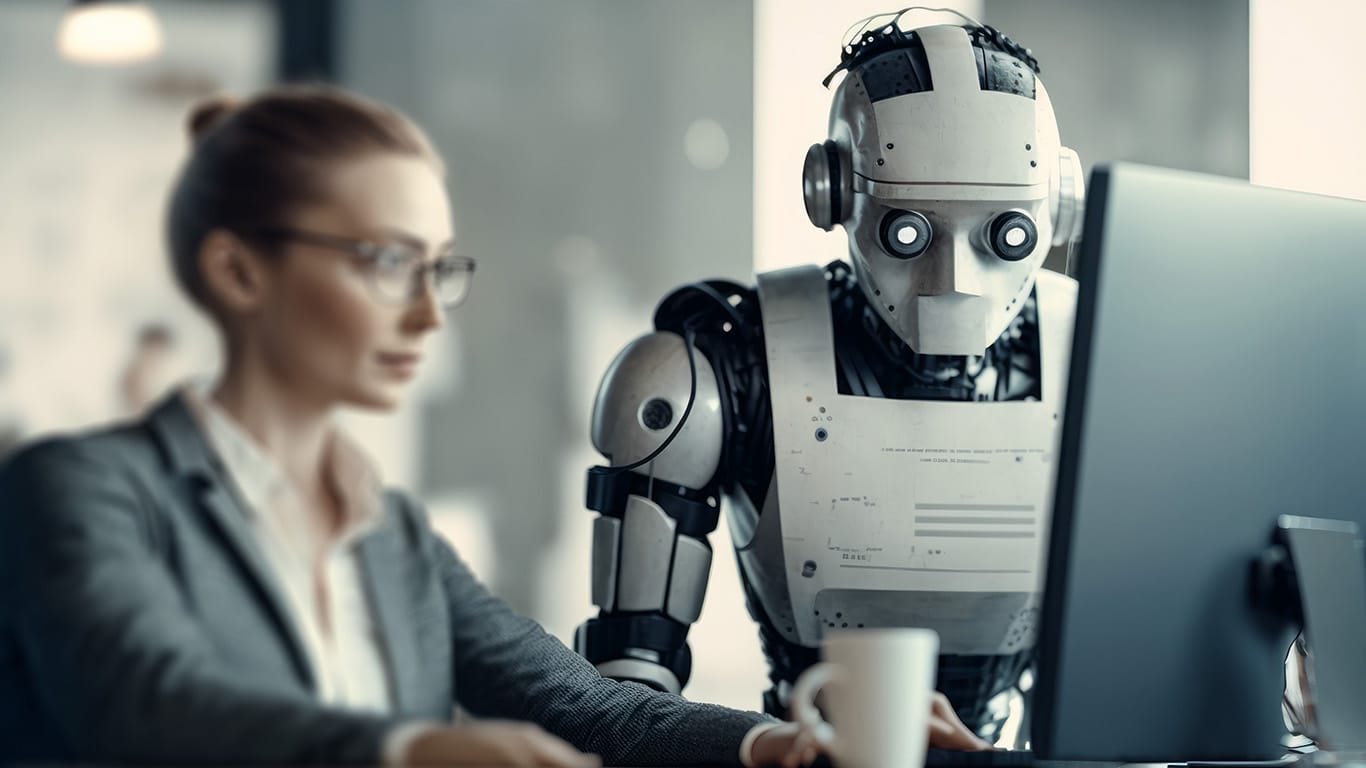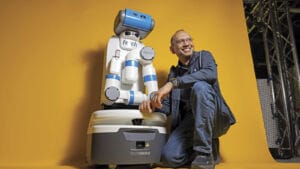In the rapidly evolving digital landscape, artificial intelligence has carved out a permanent place in how we create, communicate, and consume content. From marketing copy and news articles to student essays and business reports, AI-generated text is now commonplace. While this has improved productivity and accessibility, it has also raised an important question: How do we tell what’s human and what’s machine?
That’s where AI detection comes in, a growing field focused on distinguishing human-written content from text produced by artificial intelligence models. As generative AI tools become more powerful and harder to detect, the need for reliable AI detectors is becoming increasingly urgent across industries ranging from education to journalism and cybersecurity.
MORE NEWS: Rediscover Tempe with your best summer staycation yet
The Rise of Generative AI and the Challenge It Brings
Tools that generate text on command have surged in popularity, enabling individuals to draft emails, write blog posts, and even code with minimal effort. But this convenience comes at a cost. When AI-generated content is used inappropriately, such as students submitting essays they didn’t write, or malicious actors flooding forums with misinformation, it becomes difficult to uphold standards of authenticity and trust.
Even seasoned professionals sometimes struggle to differentiate between human and AI content. The language generated by modern tools mimics natural writing patterns so effectively that it’s almost indistinguishable without specialized analysis. This makes it critical to develop methods for assessing authorship, especially in environments where originality and truthfulness are paramount.
What AI Detection Tools Look For
AI detectors rely on algorithms that examine patterns often found in machine-generated writing. These include:
- Predictability: AI tends to generate text that follows highly probable word sequences. Detectors evaluate the statistical likelihood of these word patterns compared to typical human writing.
- Repetition: Machines may repeat certain phrases or structures unnaturally.
- Formatting cues: AI-generated content may lack natural transitions, contextual nuance, or emotional variability, traits that human writing usually exhibits.
- Entropy: This refers to the randomness in language. Human writing generally contains higher entropy, while AI tends to produce more uniform, “safe” outputs.
These models continue to evolve, and so too do the detection systems, which are constantly adapting to newer, more advanced AI models.
Why AI Detection Matters Across Industries
The importance of AI detection goes far beyond academia. Let’s look at a few sectors where it’s making a noticeable impact:
1. Education:
Educators are increasingly turning to detection tools to preserve academic integrity. With generative AI being used by students to write assignments and exams, instructors need methods to determine whether work is original. Detectors help maintain fairness and ensure that learning objectives are being met.
2. Media and Publishing:
Journalists and editors must now verify that content attributed to human authors hasn’t been partially or fully generated by AI without disclosure. In an era plagued by misinformation and fake news, being able to trace content origin is crucial for maintaining public trust.
3. Corporate Communications:
Brands are cautious about over-relying on AI-generated messaging. Detection tools can be used internally to audit and maintain brand tone, voice, and authenticity in marketing, PR, and HR communications.
4. Legal and Compliance:
In legal contexts, where accuracy and authorship can affect the outcome of disputes, determining the origin of a document or testimony becomes even more critical. Detection tools are emerging as part of the digital forensics’ toolbox.
Limitations and Ethical Considerations
While AI detection is a promising technology, it isn’t foolproof. False positives, flagging human content as AI, and false negatives, missing AI-written content, are real concerns. These tools should be viewed as aides, not judges. Human oversight is still necessary for fair and accurate assessments.
There’s also the question of privacy and surveillance. Using AI detection in workplaces or classrooms can raise ethical concerns, especially if the technology is applied indiscriminately. Transparency and consent are essential when implementing these tools.
Moving Forward with Balance
The future of content creation will likely involve a blend of human and machine input. Rather than resisting the tide of AI-generated text, the goal should be to integrate it responsibly. AI detection plays a vital role in this balance; it helps maintain standards while allowing innovation to flourish.
In a world where the line between human and machine expression is becoming increasingly blurred, the ability to detect AI-authored content is more than a technical challenge, it’s a cornerstone of digital integrity. By adopting AI detection thoughtfully, organizations and individuals alike can ensure that the truth behind the words continues to matter.




